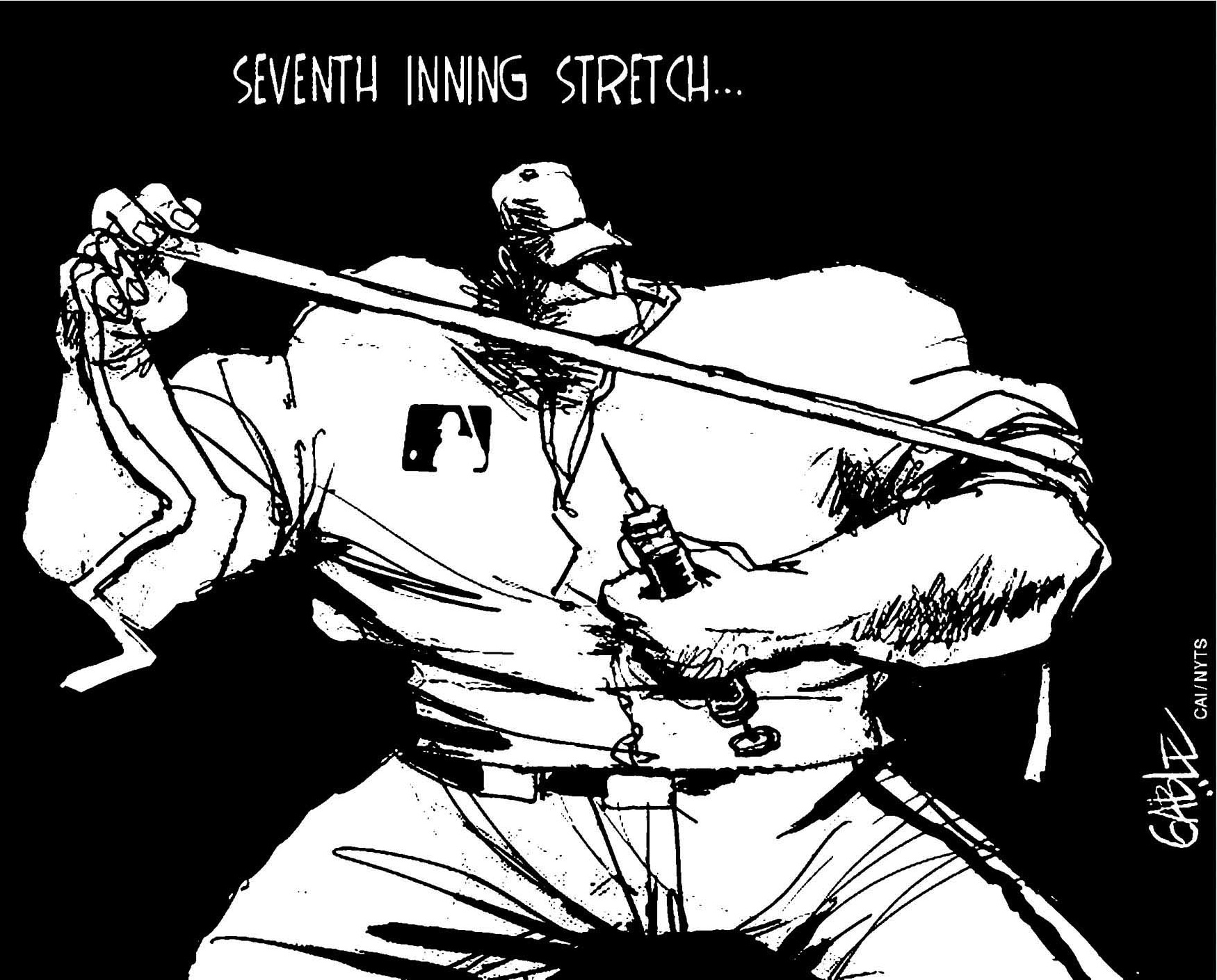Many Americans are more thoughtful when choosing appliances than when choosing presidents, but the baseball writers whose ballots decide who is "enshrined" — more about that verb anon — in Cooperstown's Hall of Fame are mostly conscientious voters struggling to unravel a knotty puzzle: How to treat retired players who are known or suspected to have used performance enhancing drugs (PEDs) while compiling gaudy numbers?
Such chemicals increase muscle mass, thereby increasing hitters' bat speeds, pitchers' velocities, and recovery from the strain of training and competing. Last Wednesday, two highly probable users, Roger Clemens (third-most career strikeouts, seven Cy Young awards) and Barry Bonds (career and season home run records, seven MVP awards) reached 54.1 percent and 53.8 percent, respectively, up from 45.2 percent and 44.3 percent last year and approaching the 75 percent threshold for admission. Only three players have reached 50 percent without eventually being admitted (Jack Morris, Gil Hodges, Lee Smith).
Cooperstown's administrators — it is not run by Major League Baseball — and the writers-cum-gatekeepers must decide what the institution is. Its title — the National Baseball Hall of Fame and Museum — implies that the hall containing the players' plaques is somehow apart from and other than the museum. The Oxford English Dictionary defines "museum" as where "objects of historical, scientific, artistic or cultural interest are stored and exhibited." A "shrine" contains "memorabilia of a particular revered person or thing." Cooperstown stipulates that "voting shall be based upon the player's record, playing ability, integrity, sportsmanship, character and contributions to the team(s) on which the player played."



